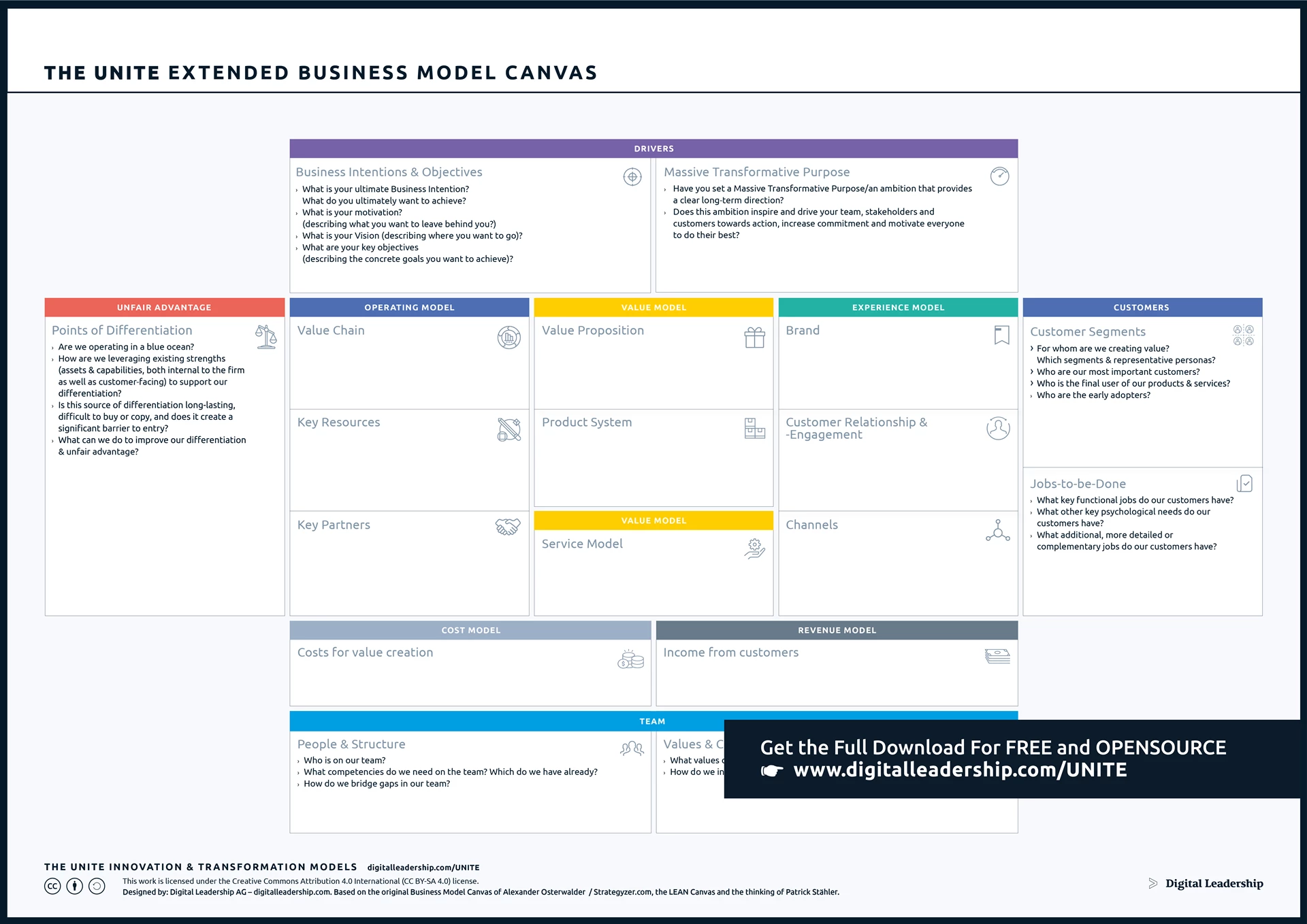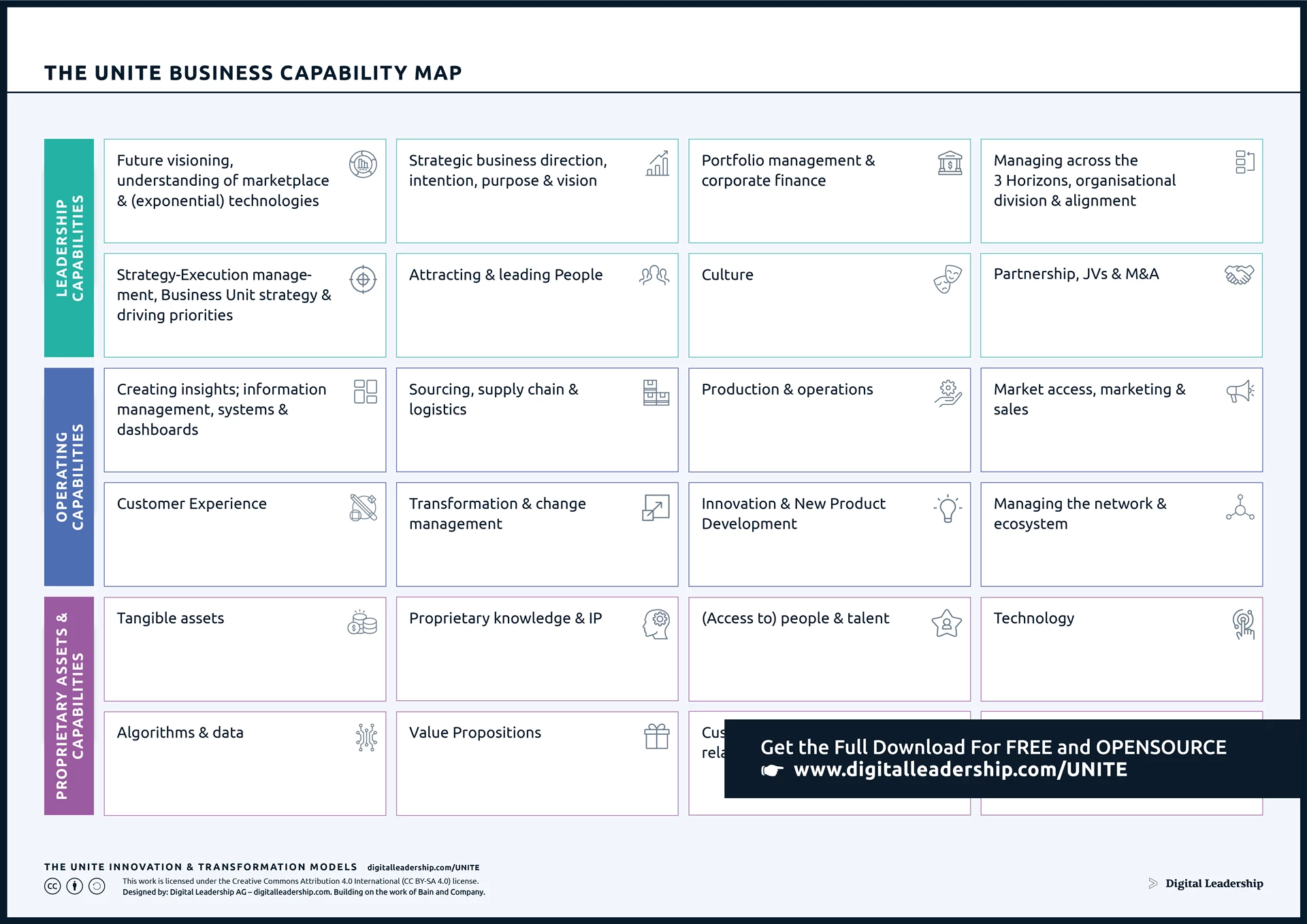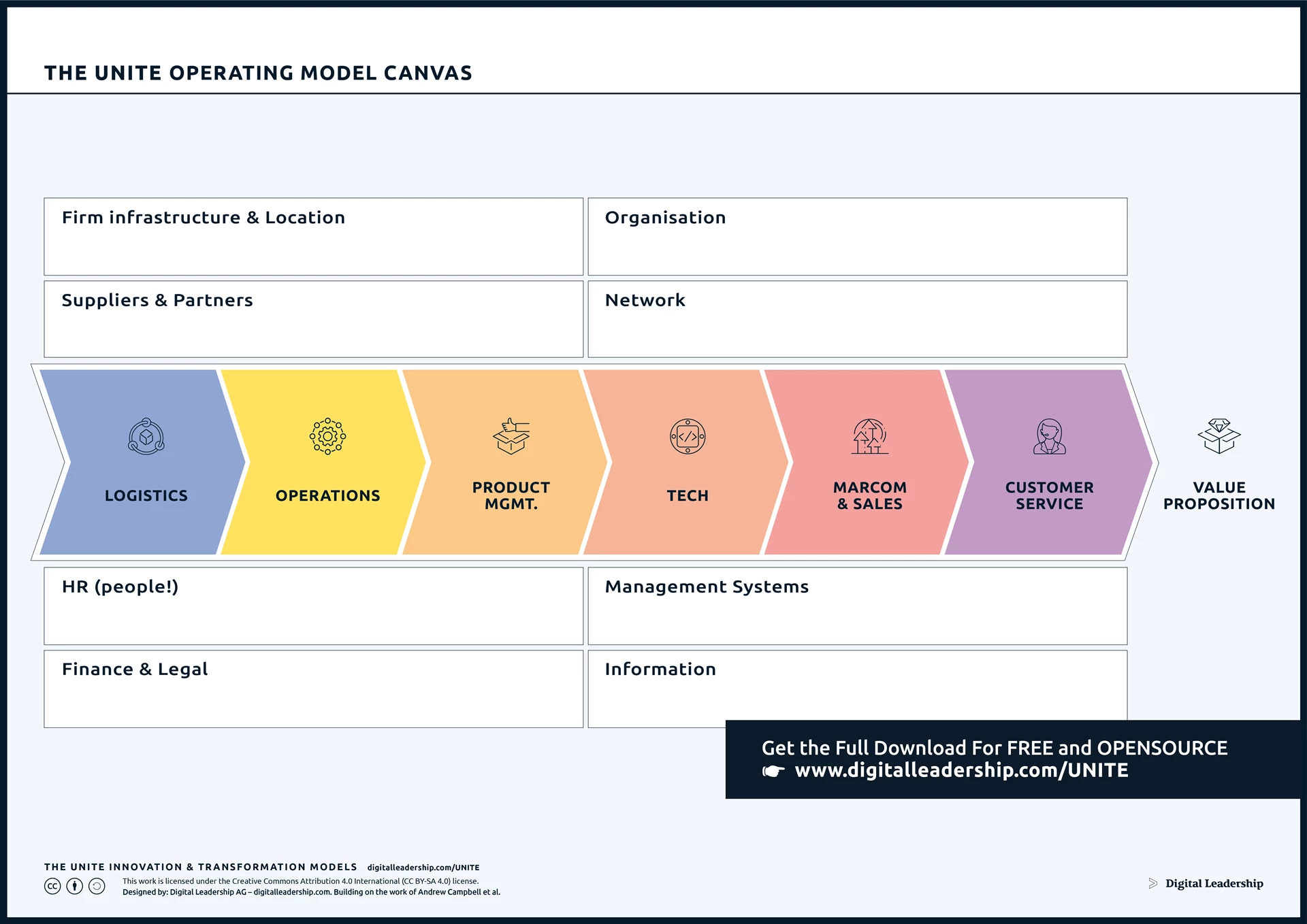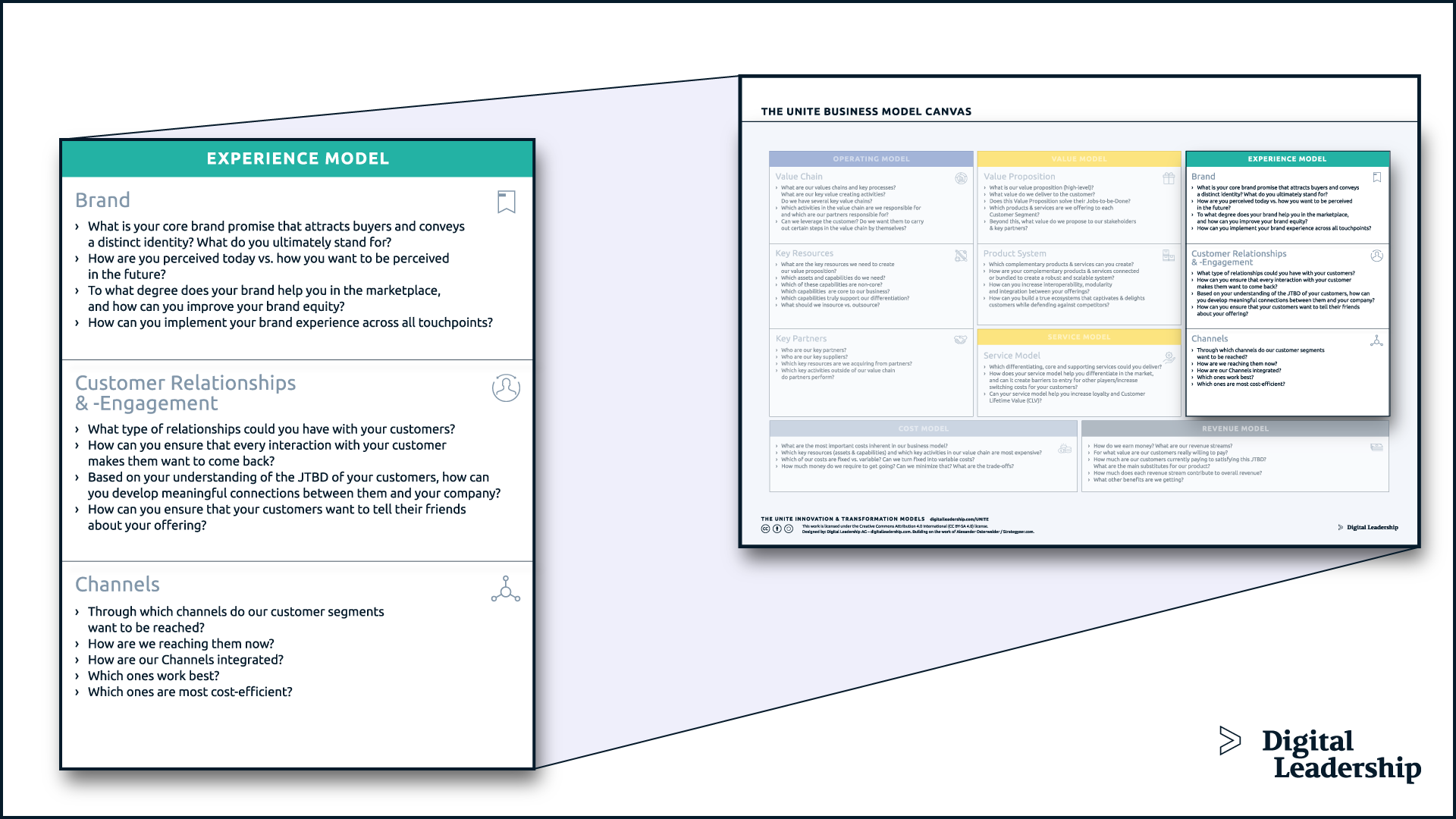Unfair Advantage: What is it, and how do you find yours?
Published: 08 May, 2022
Digital Strategy

Table of Contents
Every business, everywhere, is hoping it can provide something to customers that no other business model offers. It might be a product, or a service, a way of delivering that competitors can’t deliver. When a business operates with a unique selling proposition that competition just can’t match, successful entrepreneurs call it an “unfair advantage.”
That term is used more than a little facetiously. Companies don’t operate fairly, and no competitive advantage has a moral component. An unfair advantage belongs to a company that operates in the same space as competitors who just can’t provide as well or as efficiently.
Recognizing and developing your company’s unfair advantages is a major element of innovation. It’s no mystery, however: recognizing your real unfair advantage involves work, reflection, courage, and ability. Finding it and exploiting it is as sure a way of finding success that businesses are likely to have.
What is an unfair advantage in the Business Model Canvas?

Designed by: Digital Leadership AG – Building on the work of Alexander Osterwalder, the Lean Canvas and the thinking of Patrick Stahler
The start-up world likes to talk about finding an “Unfair Advantage” an advantage that allows you to leave the competition behind you and play in a space that is not packed with competitors. A sustainable advantage is one that cannot be easily copied or bought by someone else.
But which Unfair Advantages do you have as an established organization, compared to a start-up? After all, as an experienced entrepreneur, you are probably less nimble. Maybe you are more risk-averse. You have overhead. You have employees to consider.
The key is to focus not on what you don’t have, but rather on what you do. That’s why the Unfair Advantage rests beside the Operating Model in the larger Business Model Canvas.
As a large organization, you have major assets you can use to your advantage. For example, you have a brand. You have existing customer relationships and customer access. You have deep technical expertise in specific areas. You’ve already built an online business. You understand existing markets. You’ve got some trade secrets.
Thanks to your success and credit, you have buying power. You have distribution relationships. You possess financial resources. And you probably have a ton of other assets and capabilities. A start-up has none of these things, nor likely do many of your competitors. These are the things that can form the basis of your own Unfair Advantage if you use them well!
How do you create and leverage your unfair advantages?
You can find an unfair advantage in a number of ways. As you may have already understood, the first key to recognizing an unfair advantage is to be looking for it. After all, you can’t use something you don’t know you’ve got!
Where can you look?
We recommend you spend time thinking about your business model in terms of how you create value, and your company grows value either internally or externally:
Creating value internally by leveraging strengths such as product and service development, knowledge, market experience, or logistics.
Creating value externally by improving brand, marketing, and sales or customer relationships, helping your team find ways to deliver new customer experience.
We hesitate to divide value creation this way because it’s often not quite so simple. Value creation can bridge the internal and the external. One great example of this would be the creation of an online community. The technology behind that element of your online business (perhaps a blog, a YouTube channel, or other social media) and the users themselves are external, but the skills your team utilizes to foster the connection between users and your company are internal.
Related: Value Creation Definition, Model, Principles, Importance & Steps
Creating an unfair advantage
Brainstorming & Interviewing
The simplest way is to brainstorm and build on the ideas you generate through a series of interviews with the senior business executives in your core H1 organization. This approach will uncover some of your greatest strengths quickly. However, based on our experience, it will often not go far enough, since many firms are simply not used to reflecting on their assets and capabilities, and so asking people what they think their differentiating strengths are may not yield a full and accurate picture.
Related: The Three Horizons of Growth: A Roadmap to Successful Innovation Strategy
Another helpful brainstorming activity is to complete the exercise from the viewpoint of your competitors. Unpacking their unfair advantages can give insight into your own.
If you’ve assembled an innovation team to analyze your unfair advantages, members must interview other employees so the team gets a full understanding of what’s happening in divisions other than their own.
Capability Map

Designed by: Digital Leadership AG – Building on the Work of Bain and Company
If you want to take a more systematic approach, our best advice is to work with a Capability Map.
Capabilities are the processes, systems of knowledge, and specific skills that a firm possesses based on which it operates, earns revenue, and competes with other firms.1 Capability Maps summarize the capabilities of a firm visually. They can exist at different levels of an organization—from an abstract list of capabilities at the enterprise level (such as in the chart we see here), or a much more detailed visualization when focusing on the particular capabilities of organizational units or even something like the IT system.
Related: Business Capability Map: A Practical Business Approach
Operating Model

Designed by: Digital Leadership AG – Building on the work of Andrew Campbell at Al.
A third alternative is to mine your Operating Model for strengths that distinguish you from your competitors. Your Operating Model describes the execution of your strategy and helps to achieve alignment at a high level.
This model is valuable because it outlines the actual activities that create value–important pieces of your business that can distinguish you from your competitors.
Related: The UNITE Operating Model Canvas: Bridging the Strategy-Execution Gap
Understanding Relevant Strengths
Not every unfair advantage is made equal, and depending on your business model, different assets and activities can provide a more or less powerful unfair advantage. Many entrepreneurs decide they want to do things “differently;” we love disrupting and taking a step ahead and “investing” in our “fullest potential.” But that doesn’t make merely doing something differently the right kind of unfair advantage.
Most of your organization is made up of non-core activities: entire areas such as accounting, forecasting, marketing, and HR, are not even sector-specific and thus generally do not add to the differentiation of your organization. In these areas, you can increase efficiency or decrease costs, but further investment in these areas is unlikely to add to your competitive advantage.
Your core activities are industry-specific and are areas where you possess relative strength. However, here you are competing head-to-head with other firms and are not superior to them.
Now contrast these with your differentiating areas. These are the activities where you are really different from other companies, and thus they are the areas that provide a competitive advantage. These differentiating activities (and thus assets and capabilities) generally represent a small percentage of your total activities (approximately 2%–5% of the total).
To summarize, when we are looking for strengths that support innovation, we need to be looking for assets and capabilities that are core or, ideally, differentiating, since these will support your competitive advantage.
Strategies for leveraging your unfair advantages
Throughout the Business Model Canvas process, your business should will be working hard to make honest evaluations of the weakness and the strengths of your operation. Hopefully, you’ll have more strengths! Your strengths come usually come in two forms: assets and capabilities.
Assets
Assets are materials that you possess, such as patents, machinery, equipment, or a strong brand that will practically sell a product on its own. Cash is also an asset.
Capabilities
Capabilities (often termed business capabilities) are the types of abilities and expertise that your organization has developed to perform core functions. Simply put, it is what you can do as an organization. Some examples of the capabilities your business might have are superior marketing skills, the ability to develop artificial intelligence software, or being able to efficiently install a unique type of asset. Perhaps you’ve developed a quality customer experience that you can deliver, or maybe you know better how to use the talent represented in your workforce.
Real Unfair Advantage Examples
Where are your competitive advantages? Chances are, many are obvious if you take a moment to look.
Customer relationships

You already have a presence in the market. People know your company. You can reach customers with new offers easily. You’ve already built a community, and the users are already sharing positive stories.
Further Reading: What is Customer Relationships in the Business Model Canvas?
Attracting & Leading People
Past success breeds future success. Businesses in already good positions have a leg-up in attracting quality talent over start-ups. A solid reputation makes it easier to lead.
Exclusive Partnerships
Leverage valuable connections to build deals and offers that other businesses can’t. Use the economy of scale to secure improved deals from important suppliers.
Tangible Assets
Money. Material. Real estates. Inventory. Contact information for future and current clients.
If you’ve been in the game for a while, you have the unfair advantage that comes with prior purchases and choices.
Distribution Relationships
You trust your suppliers and they trust you. You have credit available that many entrepreneurs lack. Your presence in the market makes it harder for new businesses to find suppliers to compete.
Related: The UNITE Operating Model Canvas: Bridging the Strategy-Execution Gap
Getting it all together
Clearly, a consumer has a very different view of the marketplace and does not care about his customer demographics or the product characteristics we use to segment the market. A customer “simply has a job to be done and is seeking to ‘hire’ the best product or service to do it.” In some circumstances, I will hire the nice bar, in others, the more formal dining place.
If we as marketeers, decision-makers or product developers want to improve business results, we have to understand the jobs that arise in the life of our customers, for which they hire certain solutions. Understanding who these people are in the wrong unit of analysis. What we really want to know is what they are trying to get done. Unsurprisingly, the underlying theory behind this is called Jobs to be Done (JTBD). At the center of the theory is the “job”: a “job” is the fundamental problem a customer needs to resolve in a given situation.
The question JTBD asks is, why do your customers buy things from you? Do you think it is because you have the product with the highest specifications? Because you are the cheapest? Or is it due to your fantastic marketing department?
Ultimately, your customers buy from you because you help them achieve something. Here are a few more examples to get you thinking:
- People want a painting on the wall. Not a power drill.
- People want entertainment. Not a TV.
- People want to look good. Not a scale.
- Businesses want their goods transported. Not a freight train.
- Parents want a secure financial future for their children. Not a private school.
- People want financial control. Not an accounting system.
Successful entrepreneurs deliver more value to more people, in part by leveraging those important unfair advantages.































 Book How to Create Innovation
Book How to Create Innovation